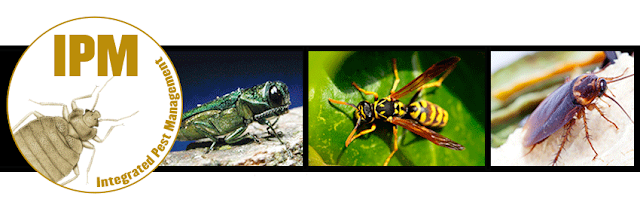The Invaders: How to Recognize and Report Invasive Species
The Invaders
How to Recognize and Report Invasive Species
© Alberta Agriculture and Forestry
What is an Invasive Species?
An invasive species is an organism that has been introduced into an area beyond its original geographic range and has the potential to cause severe consequences to the economic, ecological and social sustainability of an ecosystem.
What are Invasive Species a Problem?
Invasive
species are a major problem as they ultimately transform the character,
condition, form or nature of ecosystems over a substantial area. In North
America, 20–30% of introduced species inflict serious environmental damage,
reducing the population of endangered native plants by 42% and causing
$138,000,000,000 in deficits per year. Invasive plant species have been
difficult to control and nearly impossible to eradicate since their
introduction into our ecosystems.
What are Some Examples of Invasive
Species?
For a complete list of prohibited noxious weeds, check out this poster by Alberta Agriculture & Forestry.
Prohibited
|
|||
|
|
|||
Pale Yellow Iris
(Iris pseudacorus) |
Himalayan Balsam
(Impatiens glandulifera)
|
Purple Loosestrife
(Lythrum
salicaria)
|
Nodding Thistle
(Carduus
nutans)
|
Yellow Starthistle
(Centaurea
solstitialis)
|
Japanese knotweed
(Fallopia
x bohemica)
|
Tamarisks
(Tamarix
spp.)
|
Knapweeds
(Centaurea
spp.)
|
For a complete list of prohibited noxious weeds, check out this poster by Alberta Agriculture & Forestry.
Noxious
|
|||
Oxeye Daisy
(Leucanthemum
vulgare)
|
Yellow Clematis
(Clematis
tangutica)
|
Creeping Bellflower
(Campanula
rapunculoides)
|
Canada Thistle
(Cirsium
arvense)
|
Baby’s Breath
(Gypsophilia
paniculata)
|
Toadflax
(Linaria
vulgaris)
|
Black Henbane
(Hyoscyamus
niger)
|
Field Scabious
(Knautia
arvensis)
|
For a complete list of prohibited noxious weeds, check out this poster by Alberta Agriculture & Forestry.
How to Identify and Report Invasive
Species
Check out these resources to assist you in scouting, monitoring and reporting invasive species in Alberta.
Alberta
Invasive Plant Identification
Guide
Alberta
Pest Surveillance System (310-APSS (2777))
How Can We Prevent the Spread of
Invasive Species?
- Select
native species for ecological benefits such as non-invasive growth habit,
hardiness, reclamation properties and wildlife habitat quality to decrease
maintenance costs, reduce carbon emissions and increase aesthetic value of your
property.
- Do
not introduce invasive species into natural areas and avoid incorporating these
species near woodland boundaries. It is important to never underestimate a
species’ virulence against native species or assume that the alien species will
not become invasive.
- Report
invasive species immediately to your local bylaw authority.
- Use
integrated pest management strategies to remove invasive species such as
preventative, cultural, mechanical, biological and chemical techniques.
- Volunteer with your local environmental conservation parks agency to help remove invasive species in natural areas.
-
When
in doubt, contact a professional to ensure your garden can be enjoyed for years
into the future. Contact us for a horticulture consultation today!
Prairie
West Landscapes
3541A 78 Ave SE
3541A 78 Ave SE
Calgary,
AB T2C 1J7
(403)
252-6330




















Comments
Post a Comment